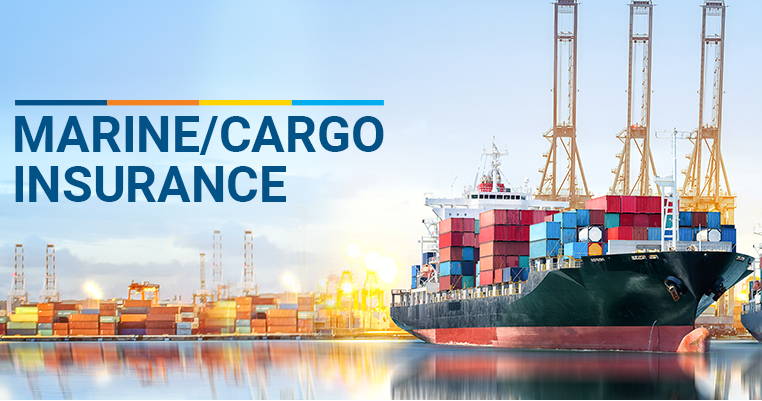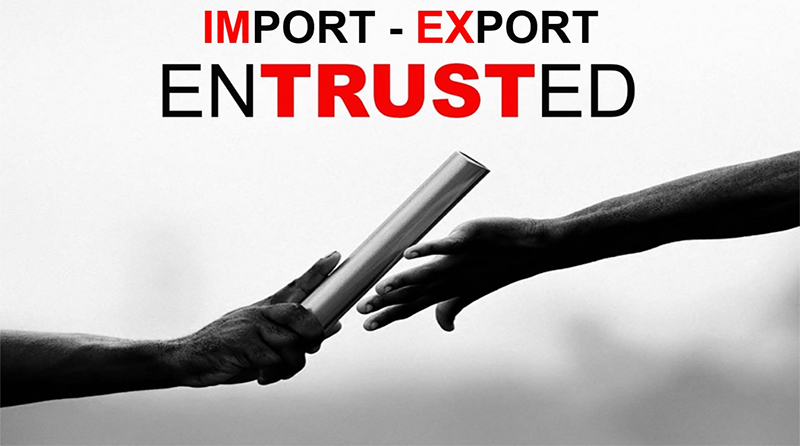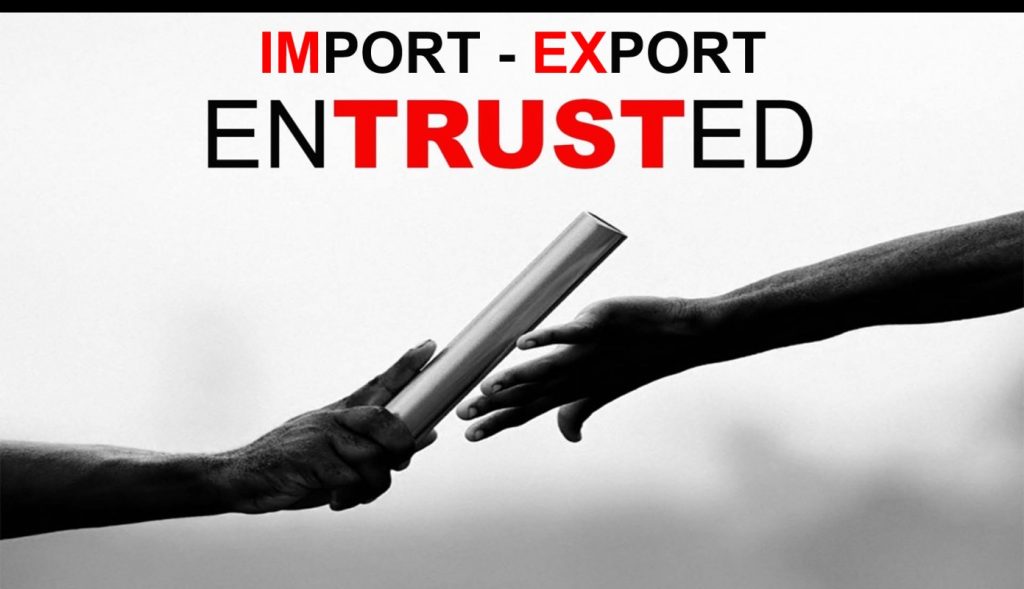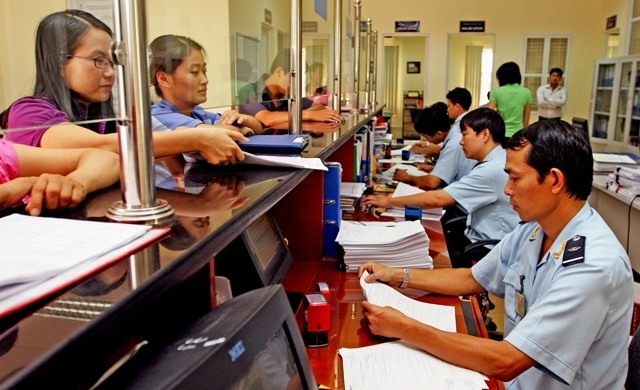Sea transport is the lifeblood of the global economy. The exploitation and use of maritime routes for cargo movement offer numerous benefits and are utilized by a vast number of enterprises.
In this article, let Truong Thanh Logistics guide you through sea transport, its procedural workflow, and how to select the most trustworthy and quality service provider.
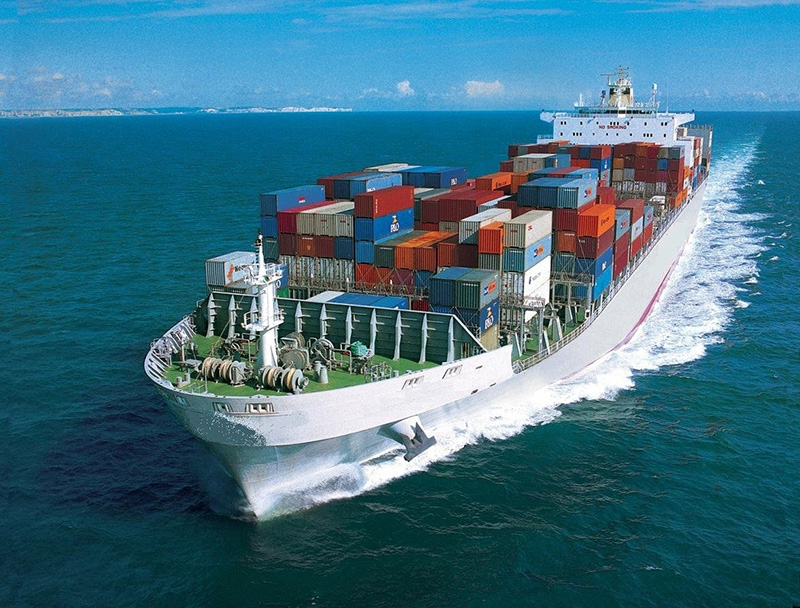
1. What is Sea Transport?
Sea transport is the human practice of utilizing coastal infrastructure and facilities, and employing vessels like ships and boats, to move goods from one location to another.
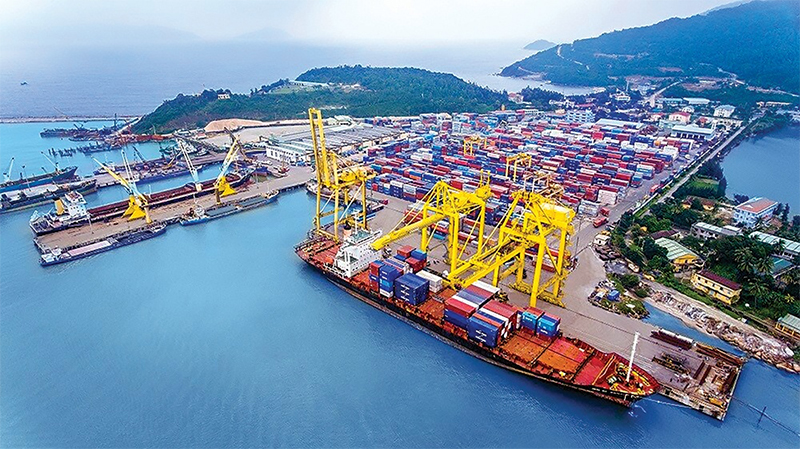
Currently, almost all coastal nations are leveraging this form of cargo movement. Even some landlocked countries use transshipment methods to bring goods to the nearest seaports for international shipping.
As one of the earliest forms of transportation, the role of sea transport has never diminished. Moreover, with the explosive growth of the global economy, an increasing number of businesses are using this method to develop their trade of goods.
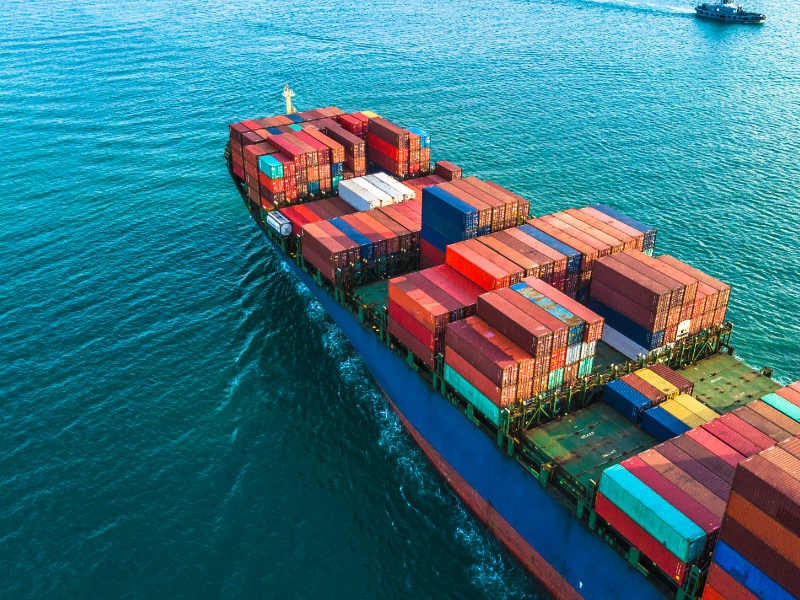
2. Advantages and Disadvantages of Sea Transport
2.1. Advantages of Sea Transport
Using maritime routes for cargo movement offers many prominent advantages, such as:
-
Diverse Cargo Types: Virtually any type of commodity can be transported via sea transport.
-
Large Volume and Weight Capacity: Utilizing vessels allows for the movement of immensely large quantities of cargo. Furthermore, oversized and heavyweight items like automobiles, aircraft, and industrial machinery can also be easily handled by sea transport.
-
Cost-Effectiveness: For the same quantity and volume of goods, the cost of sea transport is significantly lower than road, air, or other modes of transport.
-
Cargo Safety: With sea transport, concerns about collisions or “traffic accidents” are minimal. This does not mean they are impossible, but such risks are very rare.
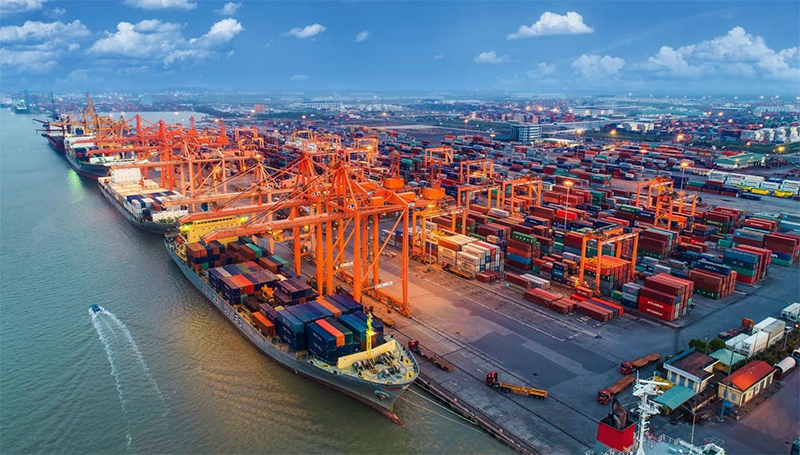
2.2. Disadvantages of Sea Transport
Alongside its advantages, sea transport also has some drawbacks to consider:
-
Long transit times
-
Requires integration with other transport modes for final delivery
-
Slow vessel speed, dependent on natural conditions
3. Procedures for Sea Transport
3.1. Process Steps
To ship any consignment via sea transport, enterprises should contact a professional and reputable logistics firm. The shipping process will then be carried out as follows:
-
Step 1: Negotiate and sign the contract
-
Step 2: Apply for an export license (Applies to international sea transport)
-
Step 3: Place a booking and procure an empty container
-
Step 4: Prepare and inspect export goods
-
Step 5: Purchase insurance for the shipment
-
Step 6: Execute customs clearance procedures
-
Step 7: Deliver the goods to the vessel
-
Step 8: Settle freight charges and related costs
-
Step 9: Goods are dispatched to the consignee’s address after port arrival and unloading.
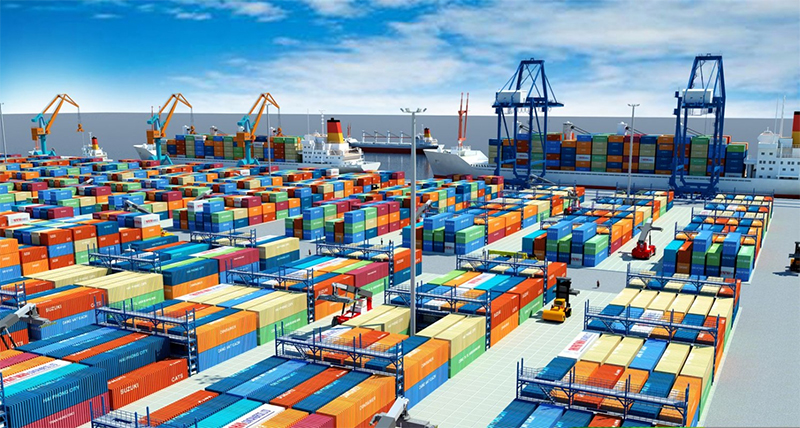
3.2. Required Documentation for Sea Transport
To ensure the safe and smooth movement of goods, relevant documentation for the consignment is indispensable. Specifically, in sea transport, the required documents include:
Transport Documents:
-
Bill of Lading (B/L): A transport document issued upon the goods being loaded onto the vessel, confirming the completion of the loading process.
-
Shipping Order (S/O): Order to load the goods onto the vessel.
-
Cargo Manifest: Details specific information about the cargo type, quantity, and destination of the shipment.
-
Dock Receipt: A receipt acknowledging the goods have been received at the dock for loading.
-
Tally Sheet: A control slip for monitoring the quantity of goods during transport.
-
Stowage Plan: A diagram depicting the stowage location of the cargo on the vessel. This plan enables optimal control of the consignment, preventing misplacement.
Customs Documents:
-
Certificate of Origin (C/O)
-
Valid Cargo Insurance Policy/Certificate
-
Packing List, etc.
4. Introduction to World-Renowned Shipping Lines for Sea Transport
4.1. Hamburg Süd
This shipping line was initially owned by the Hamburg Group (named after the merchant Hamburg Süd – HSG) and later became part of the A.P. Moller – Maersk Group. Hamburg Süd is a leading carrier in the South American market, holding a 2.6% share of the global sea transport market.
4.2. MOL (Mitsui O.S.K. Lines)
This is a renowned Japanese shipping line. To date, MOL has over 130 years of experience and operates a fleet with a capacity of 574,083 TEU.
4.3. Yang Ming Marine Transport Corp.
Yang Ming is a Taiwanese shipping line established in 1972. It currently operates over 100 vessels, with a total deadweight tonnage exceeding 6 million and a container capacity of 586,788 TEU. Among the services Yang Ming provides, containerized sea transport constitutes the majority.
4.4. Orient Overseas Container Line (OOCL)
Orient Overseas Container Line was established in 1947 in Hong Kong. The line currently provides sea transport services with a total capacity of up to 685,423 TEU.
4.5. Evergreen Line
Evergreen Line is the collective name for the four shipping lines under the Evergreen Group. It currently owns a fleet of 190 vessels with a capacity of 1,058,378 TEU for sea transport.
4.6. COSCO Shipping Lines
COSCO is the largest shipping line in China. It currently operates 1,114 ships, including 364 bulk carriers, and its container fleet has a capacity of up to 1,820,971 TEU for global sea transport.
5. Sea Transport – Choose Truong Thanh Logistics
Established in 2009, Truong Thanh Logistics provides reputable and professional sea transport services for domestic and international clients.

Truong Thanh Logistics is a logistics partner for a series of major global shipping lines. Coupled with extensive accumulated experience in customs clearance and logistics, Truong Thanh Logistics will ensure your sea transport process is conducted swiftly and smoothly.
Currently, Truong Thanh Logistics offers a diverse range of sea transport services, including:
-
Less than Container Load (LCL) and Bulk Cargo
-
Full Container Load (FCL)
-
Container stuffing services
-
Domestic and international sea transport.
Interested clients wishing to utilize sea transport for their cargo, please contact Truong Thanh Logistics at the following address:
Trường Thành Logistics – Professional & Dedicated
Hotline: +84 915 36 38 39
Head Office: 5th Floor, Tower A, Song Da Building, Pham Hung Street, Tu Liem Ward, Hanoi, Vietnam.
Email: sale@truongthanhjsc.com
info@truongthanhlogistics.com
Website: https://truongthanhlogistics.com
HAI PHONG BRANCH
Address: Room C103, TTC Building, 630 Le Thanh Tong Street, Hai An Ward, Hai Phong City, Vietnam.
DA NANG BRANCH
Address: 126 Chau Thi Vinh Te Street, Ngu Hanh Son Ward, Da Nang City, Vietnam.
HO CHI MINH CITY BRANCH
Address: Room 41, 4th Floor, Casanova Building, 85 Nguyen Son Street, Phu Thanh Ward, Ho Chi Minh City, Vietnam







